6. Kuso (2017)
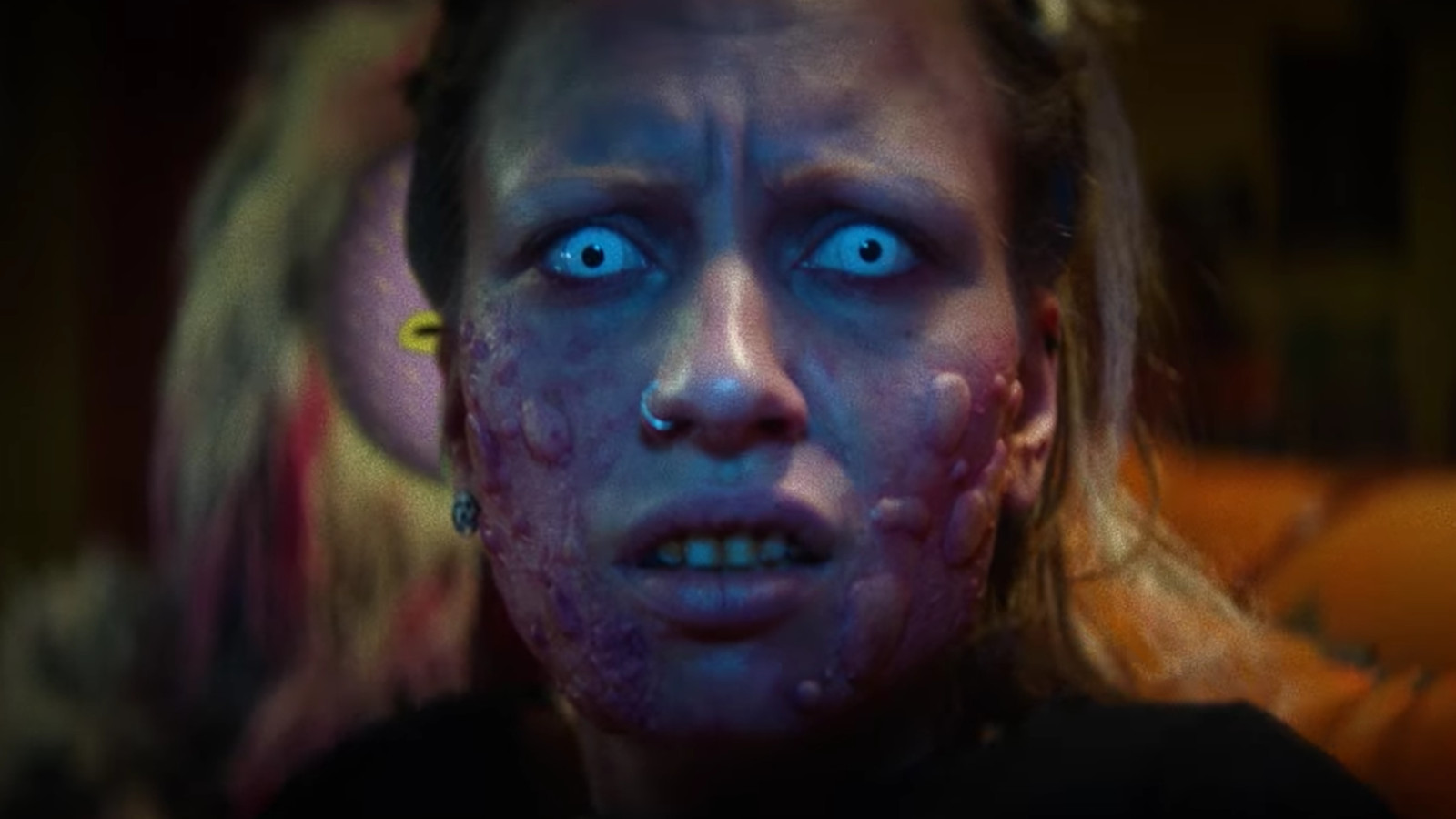
Flying Lotus bring us a highly controversial film that challenges the audience with a precarious collage of provocative imagery and vulgar design in an effort to reflect one’s perspective on the horrors of society. Although the directors ambition may be overlooked for its repugnant nature, which is presented to us hyperbolically and often to unwarranted extent.
It deserves to be stomached in order to find the true beauty of originality and passion beneath the vile surface. Kuso takes inspiration from cult pioneers of experimental black comedies, most notably the Forbidden Zone (1980) and early works of Peter Jackson’s Dead Alive (1993). Following the nonsensical and nonconformist exhibits of this style, with attention to stunning practical effects and digital design that truly makes this work a one of a kind.
In terms of its narrative, the compilation of segments is vaguely connected in some form, but acts more like a chain of easter eggs rather than a sequential anthology. Each short can be considered unclear and irresolute, nonetheless, highly entertaining, fresh and stimulating.
Throughout its duration we are violated by its colourful visual volume, kaleidoscopic artworks and pornographic representations which all make for a cinematically intense experience worth multiple interpretations upon multiple viewings. This is all realised in its editing choices and compositions as well as the animation work/special effects.
Kuso may be perceived as disgusting and pretentious garbage to the majority but should restore faith in the people that appreciate any attempt at an artistic revolution. One must lose their ego before judging the base of this film as its most vulnerable to misinterpretation when viewed through a closed mind. Kuso is fucked up, revolting and cringe worthy at times, all the while a landmark to its platform for this very reason.
7. Mother (2017)
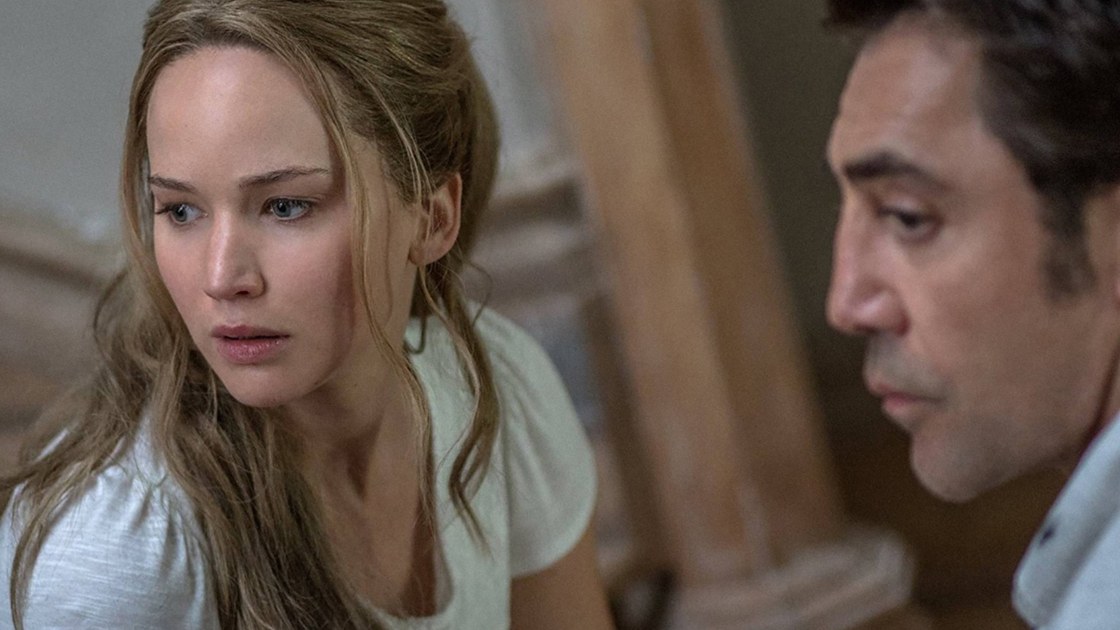
Darren Aronofsky’s latest work is yet another disguised masterpiece. Sure, this is a subjective statement, however when one considers the complexity and artistic energy that goes into the making of this years Mother (2017), despite anybody’s casual opinion or the Razzies for that matter, the film deserves to be acknowledged for its craftsmanship.
The film does not exactly have a tangible plotline, as it focuses more on serving allegorical purpose rather than presenting a rational narrative. This obviously left many audiences enraged with confusion, accusing the film for pretentiousness. Its very easy to call anything unreasonable beyond logical understanding, pretentious, so there’s no reason to defend the film of this. Mother requires multiple viewings or a loose expectation prior to a screening in order to fully appreciate its intent.
Judging by its synopsis, it sounds basic enough, however, the genius lies within its polysemous scenes, this double sided narrative mostly encompasses biblical connotations and socio-political commentary on human evolution.
The films subtext elevates the films re-watchability factor and overall quality. Mother is very philosophical and expresses many ideas reflective of human nature and religion, this may scare general viewers away but can be a real treat to film fanatics with a thirst for something different.
8. Where The Wild Things Are (2009)
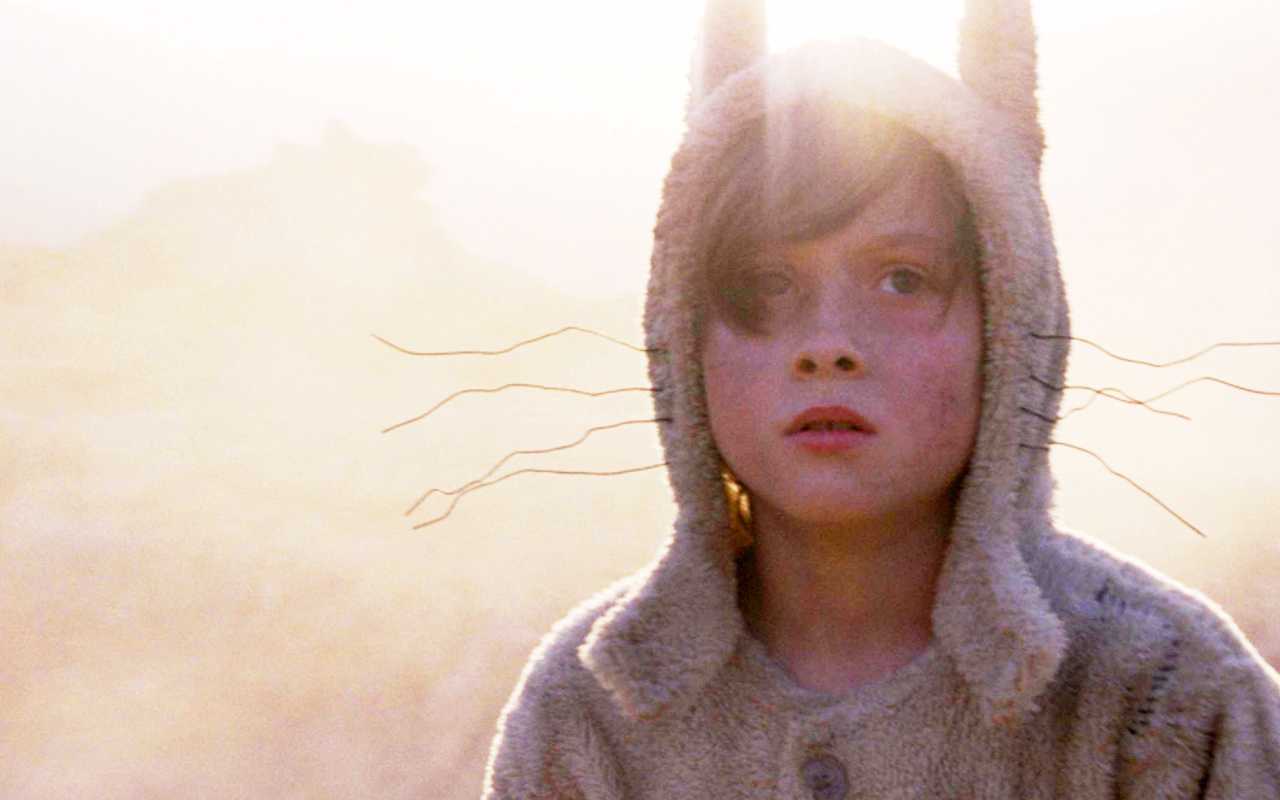
Where The Wild Things Are is a wildly sophisticated retelling of a children’s story that proved to have a little more edge than audiences anticipated. Dealing with complex emotions and abstract interpretations of such, left a lot of the target audience feeling mislead. Spike Jonze is known for intricate character driven dramas and a lot of his style is reflective in this project.
His ideas were rejected by universal and even Warner brothers were dissatisfied with his final cut and persisted on reshooting the entire film the year after. After some compromising and studio battling, the film was finally pushed back and released, although it did not do so well in the box office. The end product, despite its downpour, perfectly encapsulates the raw experience of childhood drama in a surreal and emotional method.
A story designed for adults to reflect on the process of growing up and the importance of imagination and youth. These ideas are incorporated into its story and can only be appreciated from a mature perspective. It can not be viewed simply as a children’s film but rather a metaphorical journey of what it means to be a child.
9. Enter The Void (2009)
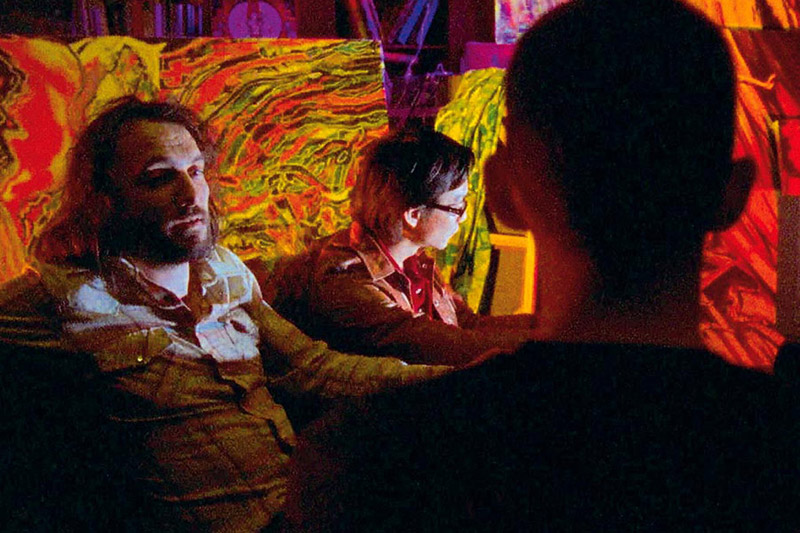
While considered Gasper Noe’s best film, it did manage to slip under the radar back in 2009, as the films content didn’t exactly resonate with general audiences. Enter the Void is essentially a 160-minute drug fuelled epic, realised through the soul of our protagonist, upon his death the camera becomes an objective entity that observes the events leading up to his reincarnation.
Never in the history of cinema, has a director made a film this visually distinctive. Enter the Void is vibrantly illuminated, loud and psychoactive and must be praised for its technical mastery.
The film is short on substance in the general sense, there is no warranted defence on behalf of its story and characters which unfortunately remain flat despite its extensive runtime. A lot of the dialogue were improvised and the acting is nothing more than passable. Narratively speaking its highly unconventional, nevertheless fascinating as the film has a lot to offer with its visual aesthetics.
Viewers may complain the film to be over stating its welcome with epileptic lighting use, a nonsensical plot and provoking ideas. For this matter, the film is quite abstract and alternative, as a result its established a lot for the artistic medium and will continue to be appreciated for its uniqueness as cinema lives on.
10. Valerian And The City of a Thousand Planets (2016)
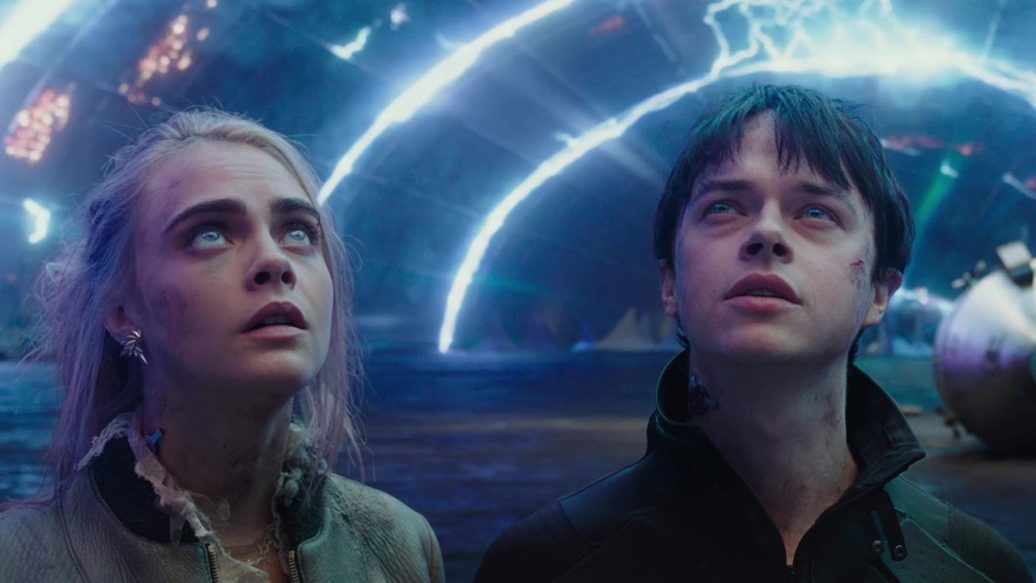
Luc Besson had a personal attachment to the films source material at a young age and planned on bringing his deep rooted passion to realisation for decades. An obsessive pre-production process was in order to make every creative decision faithful to the French graphic novel (Valérian and Laureline). Even going as far as writing an encyclopaedia on the creatures that inhabit the films universe and making the actors read it.
And in regards to its technical achievements and visual design, the film strongly delivers. Valerian is one of the most innovative projects to put a stamp on the genre in regards to its scientific ideas. Not so much plausible ideas but creative ones that keep you immersed in the films creation.
The director had invested a large portion of his personal funds towards the budget of 210 million dollars, making it the most expensive European production to date. Unfortunately, the domestic box office return was abysmal, only making 41 million dollars with a 15 million dollar worldwide profit. Granted the marketing scheme was pretty weak and the final product lacks some crucial ingredients that make up an audience’s subjective notion of quality.
Principally the characters and story. Agreeably the character development is close to non-existent and the story is very basic. Nonetheless, what makes up the films flaws is the ground-breaking special effects, innovative ideas and the visual spectacle. Valerian can be considered a new age restoration of his previous sci-fi cult classic, The Fifth Element (1997). Which leads me to believe the film to reach the same status and be celebrated back to back in years to come.